44 energy on food labels
How well do Australian shoppers understand energy terms on food labels ... Objective: To investigate nutrition literacy among adult grocery buyers regarding energy-related labelling terms on food packaging. Design: Qualitative interviews and quantitative surveys to determine shoppers' understanding of energy terms ('energy', 'calories' and 'kilojoules') and how energy terms affect perceptions of healthiness and intentions to purchase breakfast cereals, muesli bars ... Food labels - NHS These labels include information on energy in kilojoules (kJ) and kilocalories (kcal), usually referred to as calories. They also include information on fat, saturates (saturated fat), carbohydrate, sugars, protein and salt. All nutrition information is provided per 100 grams and sometimes per portion of the food.
Understanding Food Labels - Nutrition: Science and Everyday Application ... The value printed on the Nutrition Facts panel is the percent DV, which tells you how much one serving of the food contributes towards meeting the daily requirement for that nutrient. The FDA uses the following definitions for interpreting the %DV on food labels:4. 5%DV or less means the food is low in a nutrient.
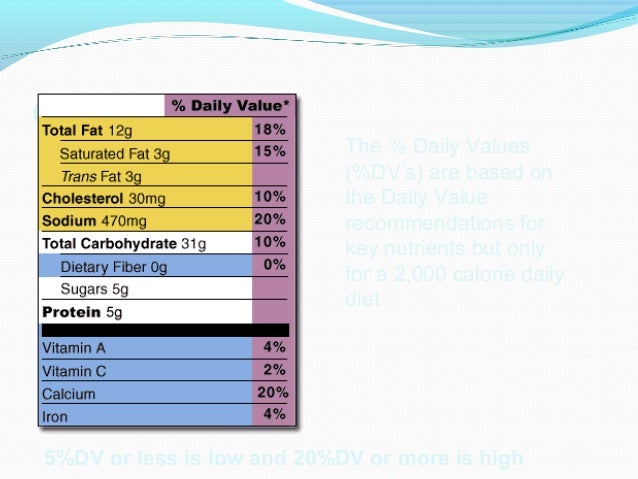
Energy on food labels
How Do They Calculate Calories on Food Labels? Additional research shows that energy values using traditional Atwater factors overestimate the energy value of almonds and pistachios by 32% and 5%, respectively. Our tips: We want to believe that the information on food labels is 100% accurate, but in reality, it is a compilation of best available data rounded to whole numbers. Nutrition labels decrease energy intake in adults consuming ... - PubMed Examination of energy intake from low-energy-density and high-energy-density foods showed that the nutrition labeling group consumed less energy from both low-energy-density and high-energy-density food sources. These data support the use of nutrition labels as a way to reduce energy intake. Copyright 2010 American Dietetic Association. Food Labels | Nutrition.gov The U.S. Food and Drug Administration (FDA) has updated the Nutrition Facts label on packaged foods and beverages with a fresh design that will make it easier for you to make informed food choices that contribute to lifelong healthy eating habits. What's in a Name? What Every Consumer Should Know About Foods and Flavors
Energy on food labels. How to calculate the Energy available from foods - Time-to-Run To calculate the energy available from a food, multiply the number of grams of carbohydrate, protein, and fat by 4,4, and 9, respectively. Then add the results together. For example, 1 slice of bread with a tablespoon of peanut butter on it contains 16 grams carbohydrate, 7 grams protein, and 9 grams fat : 16g carbohydrate x 4 kcal/g = 64 kca l. How to Calculate Energy From Foods | livestrong Step 1 Multiply grams of carbohydrate in the food by 4 calories per gram. A calorie is a unit of how much energy is in a given amount of food, also called a kcal. Regardless of whether the carbohydrate in food is sugar or starch, all carbohydrates provide the body with 4 calories/gram, explains Dr. Lauralee Sherwood in her book "Human Physiology." Food energy - Wikipedia Notwithstanding, nutrition labels on Australian food products typically recommend the average daily energy intake of 8,800 kJ (2,100 kcal). The minimum food energy intake is also higher in cold environments. Increased mental activity has been linked with moderately increased brain energy consumption. [24] Nutrition labels [ edit] Food labels: a guide to reading nutrition labels - MyDr.com.au The nutrition label displays the quantity of energy (measured in kilojoules) found in a serving and in 100 grams (or 100 millilitres if liquid) of the product. However, there are no standards for serving sizes and they are decided by the manufacturer.
How to understand food labels | Eat For Health The Nutrition Information Panel on a food label offers the simplest and easiest way to choose foods with less saturated fat, salt (sodium), added sugars and kilojoules, and more fibre. It can also be used to decide how large one serve of a food group choice or discretionary food would be and whether it's worth the kilojoules. Food labels & nutritional information | Raising Children Network Energy is listed on the panel as kilojoules (kJ). Fats, protein and carbohydrates all provide your body with the energy or kilojoules you need to function and do your daily activities. When comparing similar foods, lower energy usually means lower fat or sugar, which means that the food is a better choice for most people. Fat, sugar and salt Labelling-Determination of the energy content of food - Dairy Science Carbohydrates, fats and protein are the major energy sources in foods although alcohol, organic acids and polyols may be important in particular foods. Polyols have been called sugar alcohols but are neither sugars nor alcohols. They should be considered as reduced energy sugar-replacers, sweeteners and are included in total carbohydrates. Calories on the New Nutrition Facts Label | FDA - U.S. Food and Drug ... 2,000 calories a day is used as a general guide for nutrition advice, but your calorie needs may be higher or lower depending on your age, sex, height, weight, and physical activity level. Eating ...
How to Understand and Use the Nutrition Facts Label | FDA - U.S. Food ... That is two times the calories and nutrients shown in the sample label, so you would need to double the nutrient and calorie amounts, as well as the %DVs, to see what you are getting in two... Food Labels | CDC - Centers for Disease Control and Prevention All the numbers on this label are for a 2/3-cup serving. This package has 8 servings. If you eat the whole thing, you are eating 8 times the amount of calories, carbs, fat, etc., shown on the label. Total Carbohydrate shows you types of carbs in the food, including sugar and fiber. Choose foods with more fiber, vitamins, and minerals. 23 Foods That Give You An Energy Boost Instantly - Lifehack This power-combo will regulate your blood sugar levels and help you stay high-energy for a lot longer. 9. Whole Grain Bread. A slice of whole-grain bread provides you with around 70 calories, mostly in the form of carbohydrates. The body starts breaking down carbs fast, which gives you an instant boost. Food Labels (for Teens) - Nemours KidsHealth The information on food labels is based on an average adult diet of 2,000 calories per day. The actual number of calories and nutrients that kids need will depend on their age, weight, gender, and level of physical activity. (For more guidance, check out the USDA's MyPlate .) Fat Total fat shows how much fat is in a single serving of food.
Understanding food labels: portions, energy | Health24 When next you look at a food label that says 'low in energy', first check the label to see how much energy it really contains. That energy bar we were discussing earlier may contain as much as 500kJ per 50g portion (which means it contains 1000kJ per 100g). Therefore, it is anything but 'low in energy'. Energy content of slimming products
Energy in Food and Nutrition | Chemistry for Non-Majors - Course Hero An example of how to calculated the energy in the food that we consume, based on food nutrition labels has been illustrated.. Practice. For more practice, find nutrition labels on the foods you consume at home or online and determine the amount of energy from fat, protein and carbohydrates in each. Review. Questions
Food Labels | Nutrition.gov The U.S. Food and Drug Administration (FDA) has updated the Nutrition Facts label on packaged foods and beverages with a fresh design that will make it easier for you to make informed food choices that contribute to lifelong healthy eating habits. What's in a Name? What Every Consumer Should Know About Foods and Flavors
Nutrition labels decrease energy intake in adults consuming ... - PubMed Examination of energy intake from low-energy-density and high-energy-density foods showed that the nutrition labeling group consumed less energy from both low-energy-density and high-energy-density food sources. These data support the use of nutrition labels as a way to reduce energy intake. Copyright 2010 American Dietetic Association.
How Do They Calculate Calories on Food Labels? Additional research shows that energy values using traditional Atwater factors overestimate the energy value of almonds and pistachios by 32% and 5%, respectively. Our tips: We want to believe that the information on food labels is 100% accurate, but in reality, it is a compilation of best available data rounded to whole numbers.


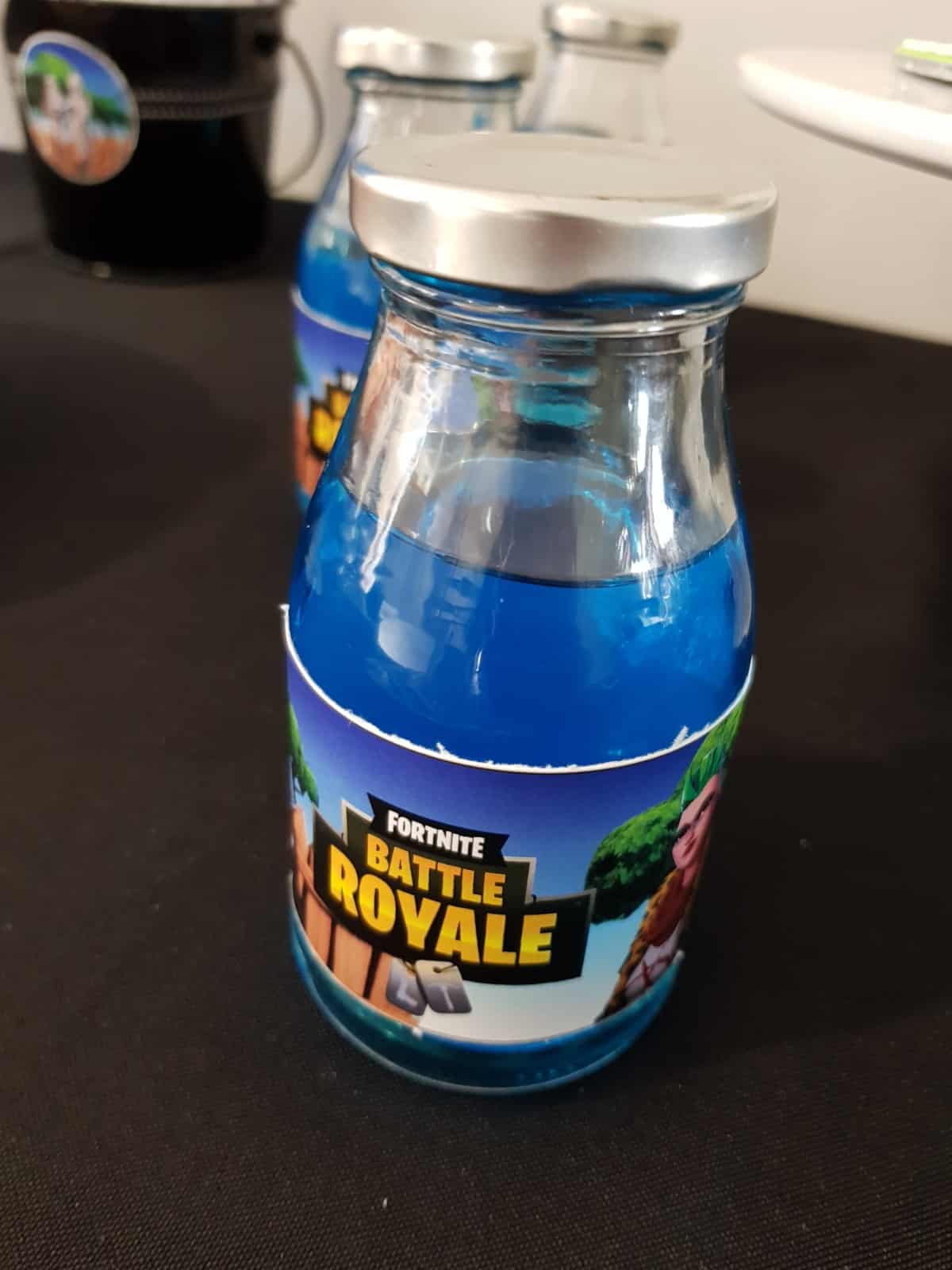
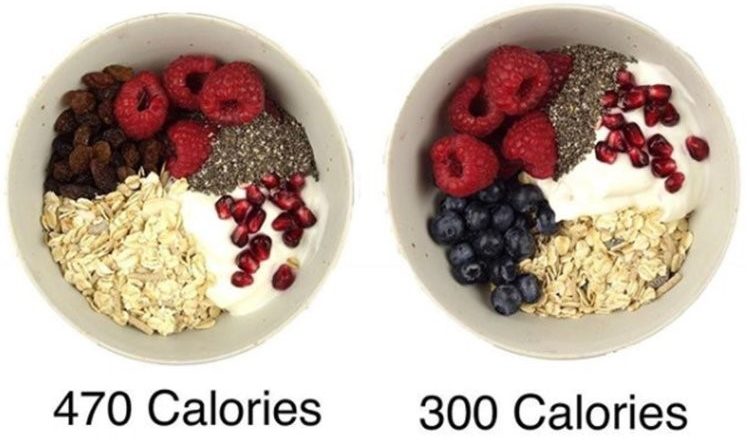
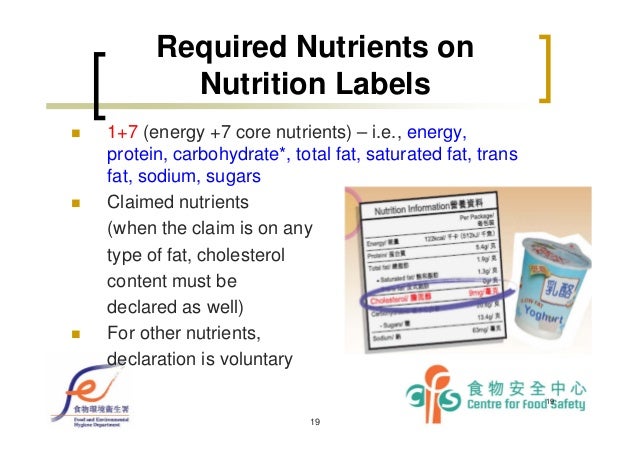









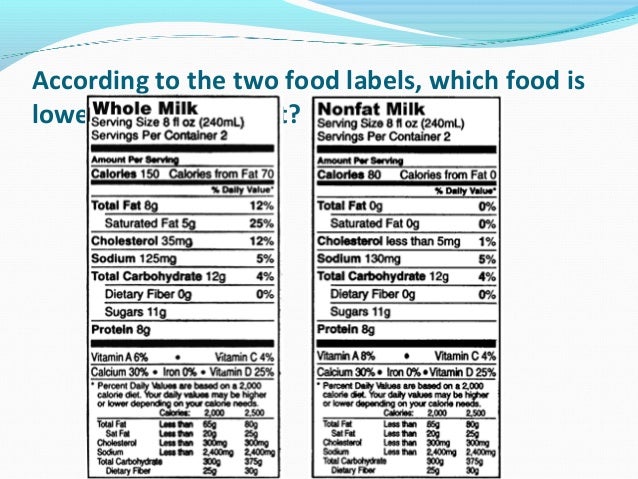

Post a Comment for "44 energy on food labels"